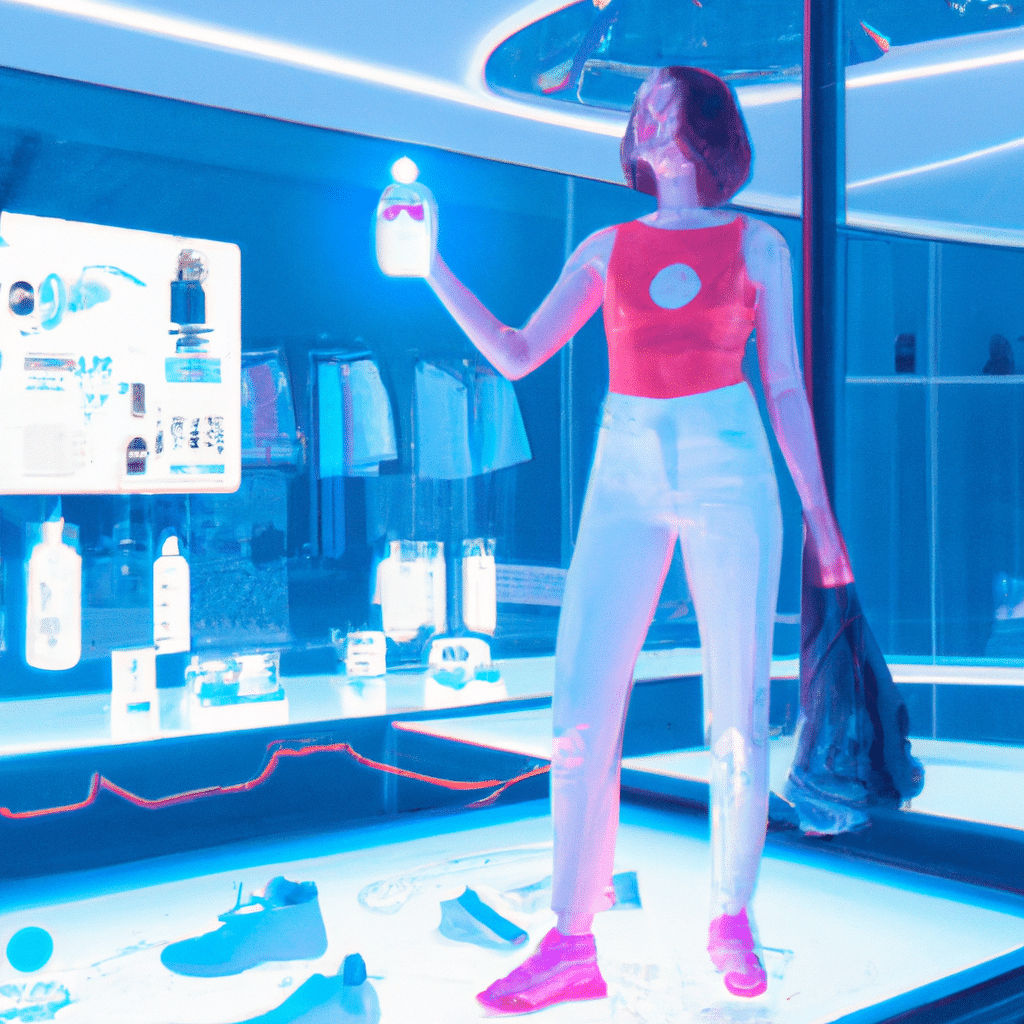IoT and the Future of Retail: Personalized Shopping Experiences
In recent years, the retail industry has undergone a significant transformation. With the advent of the Internet of Things (IoT), retailers can now provide personalized shopping experiences to their customers. The IoT has revolutionized the way retailers interact with their customers, creating a more efficient and effective shopping experience. In this article, we will explore the impact of IoT on the future of retail and how retailers can use this technology to provide personalized shopping experiences.

What is IoT?
The Internet of Things (IoT) refers to the interconnected network of physical devices, vehicles, buildings, and other objects that are embedded with sensors, software, and network connectivity. These devices can collect and exchange data, making them capable of interacting with each other without human intervention. IoT technology has been rapidly adopted across various industries, including retail.
IoT and Retail
IoT technology has transformed the retail industry by allowing retailers to collect data on customer behavior and preferences. Retailers can use this data to provide personalized shopping experiences to their customers. For example, retailers can use sensors to monitor customer movement in-store, analyze customer purchasing history, and use this information to create targeted marketing campaigns.
Personalized Shopping Experiences
Personalized shopping experiences are becoming increasingly important in the retail industry. Customers today expect a shopping experience tailored to their preferences and interests. Retailers can use IoT technology to create personalized shopping experiences that cater to individual customer needs.
One way that retailers can use IoT technology to provide personalized shopping experiences is through the use of beacons. Beacons are small devices that use Bluetooth technology to communicate with smartphones and other mobile devices. Retailers can use beacons to send personalized promotions and messages to customers based on their location and shopping history.
Another way that retailers can use IoT technology to provide personalized shopping experiences is through the use of smart shelves. Smart shelves are equipped with sensors that can detect when a product is running low or out of stock. Retailers can use this information to restock inventory quickly, ensuring that customers can always find the products they need.
Benefits of IoT in Retail
The benefits of IoT technology in retail are numerous. IoT technology can help retailers optimize store layouts, improve inventory management, and create targeted marketing campaigns. By providing personalized shopping experiences, retailers can increase customer loyalty and drive sales.
Challenges of IoT in Retail
While IoT technology has many benefits for retailers, it also presents some challenges. One of the biggest challenges is data security. Retailers must ensure that customer data is protected from cyber-attacks and data breaches. Another challenge is the cost of implementing IoT technology. Retailers must invest in the necessary hardware and software to collect and analyze data effectively.
Conclusion
The Internet of Things (IoT) has revolutionized the retail industry by allowing retailers to collect data on customer behavior and preferences. By using this data to provide personalized shopping experiences, retailers can increase customer loyalty and drive sales. While there are challenges to implementing IoT technology in retail, the benefits far outweigh the costs. As the retail industry continues to evolve, IoT technology will undoubtedly play a significant role in shaping its future.












